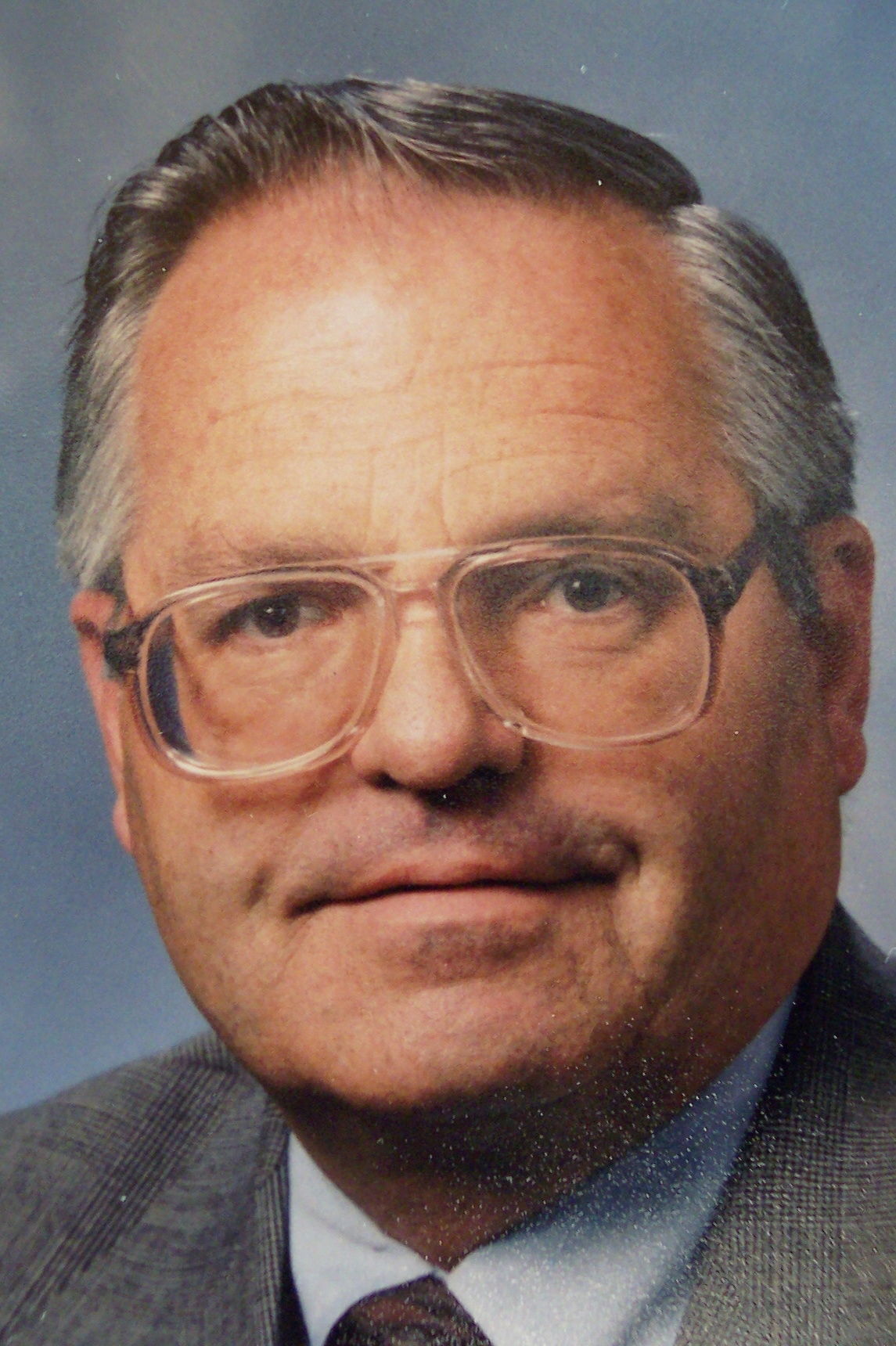How to Best Document the Clinical Evaluation Report (CER) for the CE Mark
Faculty: John E. Lincoln | Code: MD3653
- Date:04/30/2024 11:00 AM - 04/30/2024 12:30 PM
- Location Online Event
Description
To document the clinical evaluation of a medical device and its output, a Clinical Evaluation Report or CER has to be compiled. The CER is an ongoing compelation of the generation, appraisal, and analysis of clinical data related to a device. It is one of the major componets of the Technical Documentation File. This webinar will examine the key elements of the CER - The body of the CER consists of: 1) a description of the state-of-the-art, defined as the ‘Developed stage of current technical capability and/or accepted clinical practice in regard to products, processes, and patient management, based on the relevant consolidated findings of science, technology, and experience’, and ' what is currently and generally accepted as good practice in technology and medicine... [it] does not necessarily imply the most technologically advanced solution.' (International Medical Device Regulators Forum (IMDRF)): and 2) a comprehensive analysis of preclinical data and pre- and post-market clinical data relevant to the device. All data sets should be documented, adequately analyzed, evaluatedd, summarised, and referenced in the CER.
Why You Should Attend:
This webinar will discuss the Clinical Evaluation Report (CER). The CER contains proven data to show that the device performs as intended without exposure to unacceptable risks to both users and patients. The CFR should comply with strict regulatory guidelines (EU MDR 2017/745 and MEDDEV 2.7/1 version 4). In the EU Medicakl Device Regulation (MDR), no specifications on the CER or its table of contents are given. However, guidance on the CER outline is provided in Appendix A9 of MEDDEV 2.7/1 Rev 4, "Clinical evaluation: Guide for manufacturers and notified bodies". The CER contains a collection of research material and peer-review journal articlds and similar clinical data demonstrating the safety of effectiveness of a medical device. The CER is part of a device's Technical Documentation File, and is one of several key documents involved in proof of meeting the applicablee requirements of the EU MDR and in obtaining and retaining a device's CE mark. The CER contains a collection of clinical evidence for the safety, performance, and usability of a device. It shows that ther device performs as intended without exposure to unacceptable risks to both users and patients. It can include applicable peer reviewed technical articles. It defines the medical condition or disease, and patient population being treated. It evaluates currently available treatment options including by approved benchmark devices, both their pros and cons. The literature review that was performed is documented in a Literature Search Plan and Report, and discusses both favorable and unfavorable information about the device.
Areas Covered in the Session :
- What Is a CER?
- EU MDR and MDDEV Requirements
- Important areas to be considered / documented in the CER
- Types of clinical sources to be referenced / included
- Two key components
- What is meant by "state-of-the-art", and what is not
- What constitutes a comprehensive clinical data search? How documented?
Who Should Attend:
- Quality Assurance Departments
- Quality Control Departments
- Regulatory Affairs Departments
- Research and Development Departments
- Manufacturing Departments
- Engineering Departments
- Operations Departments
- Production Departments
- Medical Device product development teams
- Consultants; others tasked with device QA, product development, manufacturing, process / product / data analysis, regulatory submission responsibilities
Course Director: JOHN E. LINCOLN
 |
|